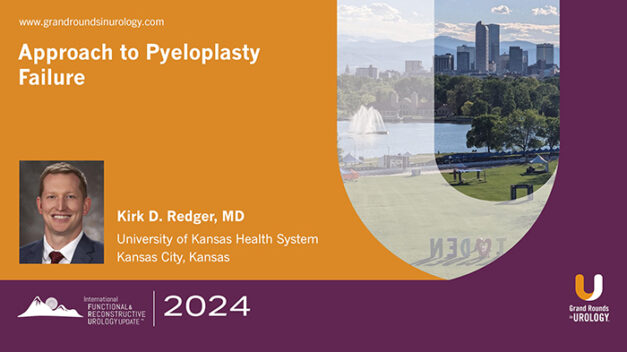Update on the PROFILE and IMPACT Studies
Jana McHugh, MB Bch BAO (Hons), MRCPI, FFR, discusses the IMPACT and PROFILE studies, which focus on prostate cancer risk and detection in genetically predisposed populations.
In this 11-minute presentation, McHugh shows that both studies emphasize early detection in genetically high-risk men, particularly BRCA mutation and Lynch syndrome carriers. Updated methodologies incorporate multi-ancestry PRS and expanded genetic sequencing to refine risk assessment and address disparities. These findings highlight the importance of precision screening in managing prostate cancer in diverse, high-risk populations.
Read More




